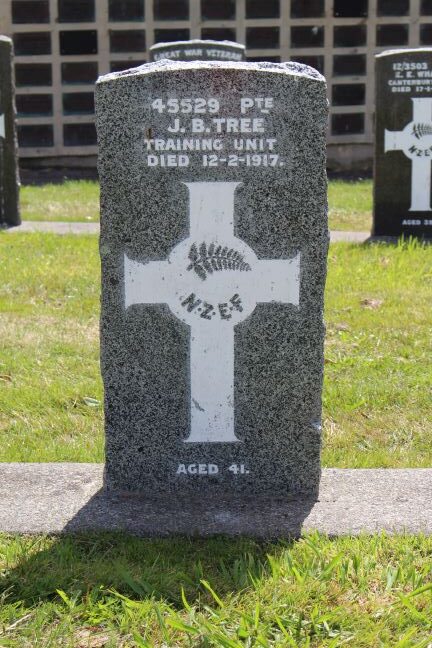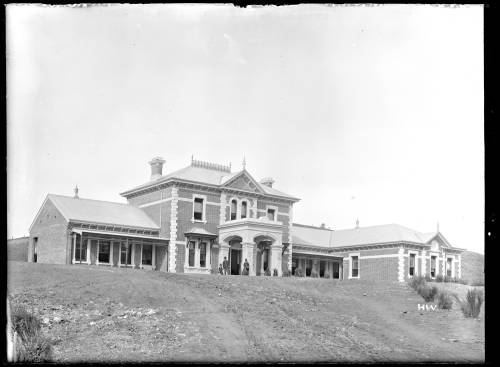Philip Angel, a fireman aged 23, was found very unwell in Victoria Reserve off Pirie Street on 14th January 1914. On the morning of 14th January 1914, Miss McLean heard…

John Yule
John died in 1899, aged 92, at the residence of Mrs Phelps in Webb Street. He had lodged with her for more than 25 years and received every kindness and…

Florence Carroll
Florence Marian Capper was born in 1847 in Brixton, London, England. Her parents were John Henry and Mary Ann Capper (nee Wilson). John Capper worked as a stockbroker, but he…

John Tree
John Bolton Tree was born in Kent, England on 5th February 1876. His parents were James and Elizabeth Tree (nee Bolton). John and Elizabeth arrived in New Zealand on the…

Emily Wise
Emily was born in Wallingford, Berkshire, England in 1822. In 1850 she married Alfred Wise in Oxford. Alfred was a journeyman carpenter. They had five children, the younger three being…

John Cribb
John was the eldest son of William and Emma Cribb (nee Maxted). He was born in 1837 in Southsea, Hampshire, England. His father was a shoemaker and John trained to…

Eliza Partridge
‘Mrs Eliza Partridge passed away yesterday morning, having attained the ripe age of 91 years’ Eliza was born in Birmingham, England in 1810. Her father was Thomas Pool(e) who was…

Henry Rudolph
Henry’s full name was Joseph August Heinrich Rudolph and he was born in Berlin in 1875. In 1899 he married Emma Dilger in Mile End, London. Emma was born in…

Houghton Family
There are two memorials placed against the Underwood mausoleum that originally marked Houghton family graves at Bolton Street Cemetery. The headstone attached to the wall is for John Houghton, born…

Matthew Wilkins
Matthew was born in Somerset, England in 1824. He arrived in Wellington on the S.S. Arab in 1841 with his parents and siblings. In 1864 he married the widowed Janet…

